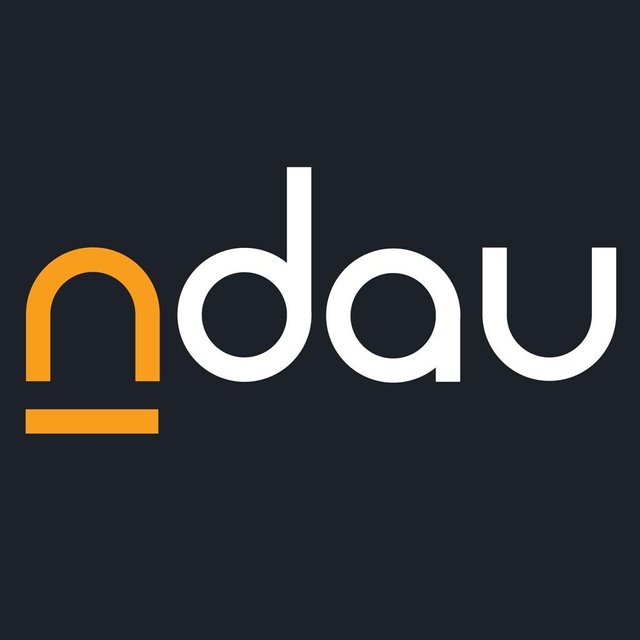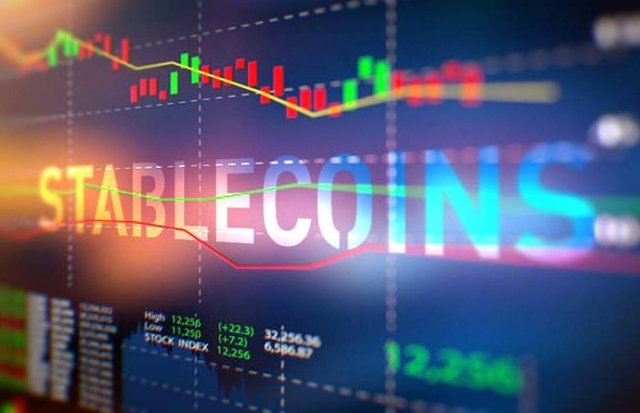Bitcoin’s Volatility Problem: How ndau, a Buoyant Cryptocurrency, Has Solved it in a Way Stablecoins Can’t
[TLDR: see below - What is ndau and how does it solve Bitcoin’s volatility problem?]
If you follow Bitcoin and blockchain technology, you know Bitcoin was released into the world as open-source software in January 2009 after having been introduced in a whitepaper in late 2008 as “A Peer-to-Peer Electronic Cash System.” Within the whitepaper you’ll see the words “money,” “cash,” “transactions,” and “payments” in several sections.
So we know from the author or authors, under the pseudonym Satoshi Nakamoto, the vision for Bitcoin was digital cash or digital money to be used for peer-to-peer transactions and payments. We have seen money in many forms through the ages, but the ideal characteristics of money are durability, portability, divisibility, uniformity, limited supply, and acceptability. Economists agree money has three primary functions: medium of exchange, unit of account, and store of value.
While the number of participants in the early Bitcoin ecosystem was relatively small, peers began using it to prove out its ability to serve as a medium of exchange. Famously, on May 22, 2010, a programmer purchased two large Papa John’s pizzas for 10,000 bitcoins, worth about $30 at the time. While the lucky recipient, if still holding those Bitcoins would now have approximately US $50 million in Bitcoin, this would be more akin to hitting the lottery — as opposed to having “stored” the approximately $30 in value that those Bitcoins were worth when they were used as payment.
According to The Economist in 2014, Bitcoin was functioning best as a medium of exchange. But it had yet to prove itself as a unit of account or store of value. With an average volatility seven times greater than gold, eight times greater than the S&P 500, and 18 times greater than the US dollar, it’s easy to see why it couldn’t be considered a way to store value for future use.
Fast forward to 2019. If you take a survey among Bitcoin enthusiasts about what Bitcoin is and its primary uses, you’ll consistently hear “Bitcoin is digital gold” and “Bitcoin is a store of value.” This narrative began to surface about 2016, gained momentum in 2017 and is widely parroted in the Bitcoin community today. Why are we hearing this so widely referenced today? I believe it’s because Bitcoin has failed to gain wide adoption as a medium of exchange, and people who HODL Bitcoin need a narrative that encourages others to join into the ecosystem. If you don’t personally need Bitcoin to make payments, then why should you own it? Well, if it’s “digital gold” and a “store of value” (that went up 20x in a year) then how could you resist?
As of this writing, Bitcoin is worth approximately US $5,592. However, by the time you’re reading this, its price will undoubtedly have changed. Will it move upward or downward? Nobody knows, but we can be certain it will continue to see plenty of volatility. When it’s up, there’s great euphoria amongst Bitcoin hodlers.
But what happens when the value of an asset goes up in value too quickly? Let’s take a look: following its hyperbolic run-up in price in 2017 from under US $1,000 to nearly $20,000, we’ve since watched it lose over 80% of its value in 2018 — dropping below US $3,200.
How would you feel about your “store of value” if you put US $575,000 into Bitcoin at the end of 2017 because you wanted to store it away to pay cash for your 2020 Lamborghini Aventador right about now? Well that’s not going to work with your Bitcoin currently valued at about $150,000… On second thought maybe you want to “store your value” for another year and save up for a 2021 BMW i8. Hey, it’s a lot better for the environment anyway…
While I’m personally a big fan of Bitcoin, and I appreciate it for its revolutionary design,
I’m going on record now: Bitcoin is a horrible “store of value.”
In today’s crypto ecosystem we see several projects attempting to provide solutions to Bitcoin’s volatility problem. Stablecoins have become all the rage.
To date there have been more than 100 projects which have stated an intention to build out a stable digital currency. As outlined on Stable.Report these projects generally fall into 3 categories:
Asset Backed On-Chain:
Backed by cryptocurrencies such as Ether, it is dependent on the stability of the cryptocurrency on the other side of the equation.
Asset-Backed Off-Chain:
Backed by a “regular” fiat currency such as USD or euro, precious metals or other real-world assets. It requires trust in an opaque and centralized third party to hold the collateral.
Algorithmic:
Relies on a combination of algorithms and smart-contracts to maintain price equilibrium, it requires continual network growth and investment to provide capital and support a falling currency value.
All of these constructs are interesting in their own right, and have the potentially to solve the problem of volatility. But at the same time, I’m confident that many will fail, and all that I’ve seen which are intended to maintain a stable value of US $1 (or Euro, etc.) are a lousy store of value due to inflation. Here’s a quick look at how the value of a dollar has performed since the Federal Reserve began helping us with it in 1913.
So where does this leave us? How can we enjoy the benefits of a decentralized cryptocurrency enabled by blockchain while preserving wealth and giving us a true store of value?
One particular digital asset, ndau provides holders with substantive volatility reduction features for the long-term value of their crypto holdings. The ndau project is fascinating and is elegant in its design, but also by necessity complex. It took me awhile to understand it, but I was eager to invest the time because there were several incredibly talented people who had spent a lot of time and effort in the design. Some of them I’ve known for a couple of decades, and collectively they have authored more than 40 technology patents and built companies valued at more than a half-billion dollars. This is a solid project, with a solid team and has been funded by solid investors. I had to know more and was more than willing to take the time to learn.
TLDR:
The design of ndau provides stability but it can rise in value as demand warrants. Once it rises, it resists downside volatility and can rise again. This property makes ndau go beyond the traditional notion of a stablecoin. It actually represents a new category of cryptocurrency known as a buoyant cryptocurrency or buoyant coin. It’s not an ICO. The development was funded in early 2018 with a $3 million investment led by Cosimo Ventures in Boston.
It’s different than any crypto project I’ve seen in that all net proceeds from the sale of the crypto currency do NOT go to the founders, advisors, marketing expenses, bounties etc. The funds go into a not-for-profit endowment which then has the funds to manage the monetary policy to benefit all holders of ndau — all of whom are aligned in that they purchased the cryptocurrency and therefore value it accordingly. The means by which ndau is able to do this are varied — and they all work in concert. This is where you need to delve into the details a bit to fully understand it. When I did, the part that I felt was most profound is that an attempt to attack it would actually make it stronger. Take that George Soros…
To fully appreciate ndau, read through the ndau whitepaper. Then read it again. You’ll undoubtedly have some questions, but once you “get it” and fully understand how it has been designed to be buoyant, you won’t be able to get it out of your head. Ndau is a revolutionary cryptocurrency — the first of its kind to be designed as a long-term store of value. And the implications are profound.
If you’re intrigued like I was and you want to get a better understanding of a few of the many properties of ndau by which it can achieve buoyancy, this article by Jahon Jamali is a quick read and a great place to start.
I also published the article on Medium - please follow me there






I’m using Partiko to make friends and have fun on the Steem blockchain. You should as well! Here’s my invite link: https://partiko.app/referral/shaya6677, you will get 3000 Partiko Points for sign up bonus, and you can exchange them into Steem token!
Congratulations @thoughtchain! You have completed the following achievement on the Steem blockchain and have been rewarded with new badge(s) :
You can view your badges on your Steem Board and compare to others on the Steem Ranking
If you no longer want to receive notifications, reply to this comment with the word
STOPTo support your work, I also upvoted your post!
Vote for @Steemitboard as a witness to get one more award and increased upvotes!
Congratulations @thoughtchain! You received a personal award!
You can view your badges on your Steem Board and compare to others on the Steem Ranking
Vote for @Steemitboard as a witness to get one more award and increased upvotes!